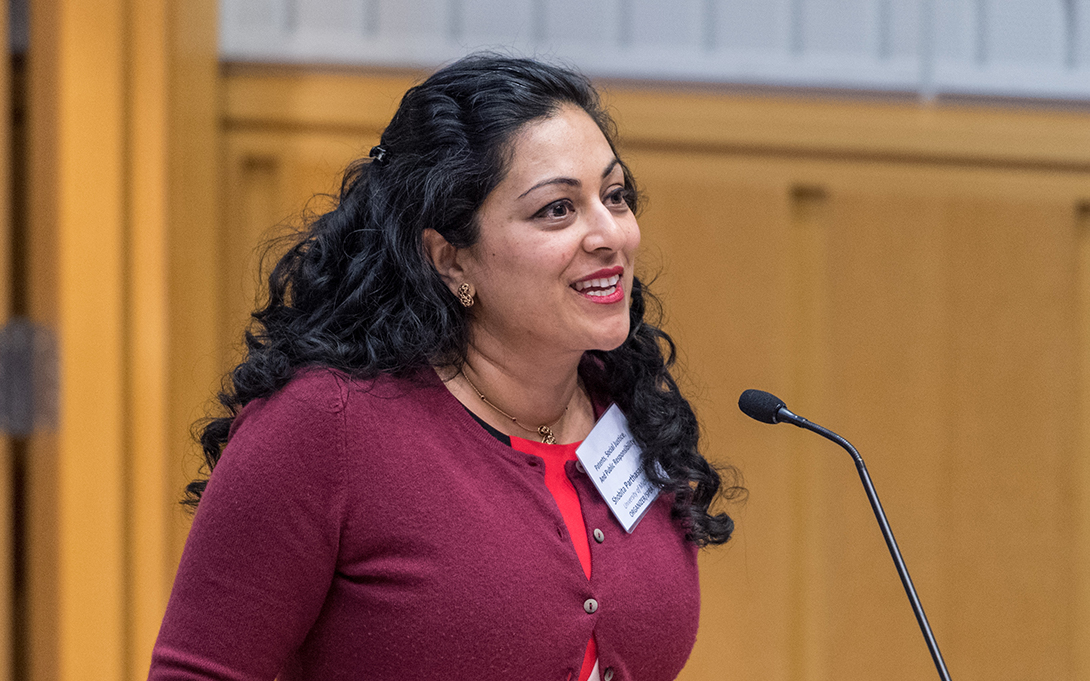
As facial recognition technology has become more commonplace in law enforcement, some schools have considered implementing facial recognition technology on their respective campuses. However, after public backlash over privacy concerns, many schools - from Universities like UCLA to public schools in New York City - are backing away from facial recognition technology.
In Los Angeles, UCLA officials originally planned to implement facial recognition technology to scan students’ faces for entry into university buildings. But, after pushback from students, the university backed off its plans. Students cited concerns over privacy and the lack of regulation regarding the way that their images are used - while an image of a student’s face in of itself is not bad, the way that image can be used, or sold, does present serious privacy concerns. Shobita Parthasarathy, in an interview with the LA Times, echoed those concerns: “Consumers need to know that while facial recognition technology seems benign, it is slowly normalizing surveillance and eroding our privacy.”
Across the country, in New York City, a similar development occurred in NYC schools. Last December, Governor Cuomo signed a bill that banned facial recognition and biometric technology in schools until 2022. While the same privacy concerns espoused by students at UCLA exist for facial recognition in NYC schools, Parthasarathy, in an interview with Privacy Hub, also discussed the discriminatory aspects of facial recognition technology, as well as the fact that its ability to prevent and deter crime is unproven: “There is little evidence that [facial recognition] will help enhance school security, as most of the events that the technology is designed to prevent happen very rarely. However, there are real risks to the technology. They can actually increase discrimination against already marginalized students, further commodify their data, erode privacy, and normalize surveillance. And the technology is much less accurate among young people.”
See the full articles below:
